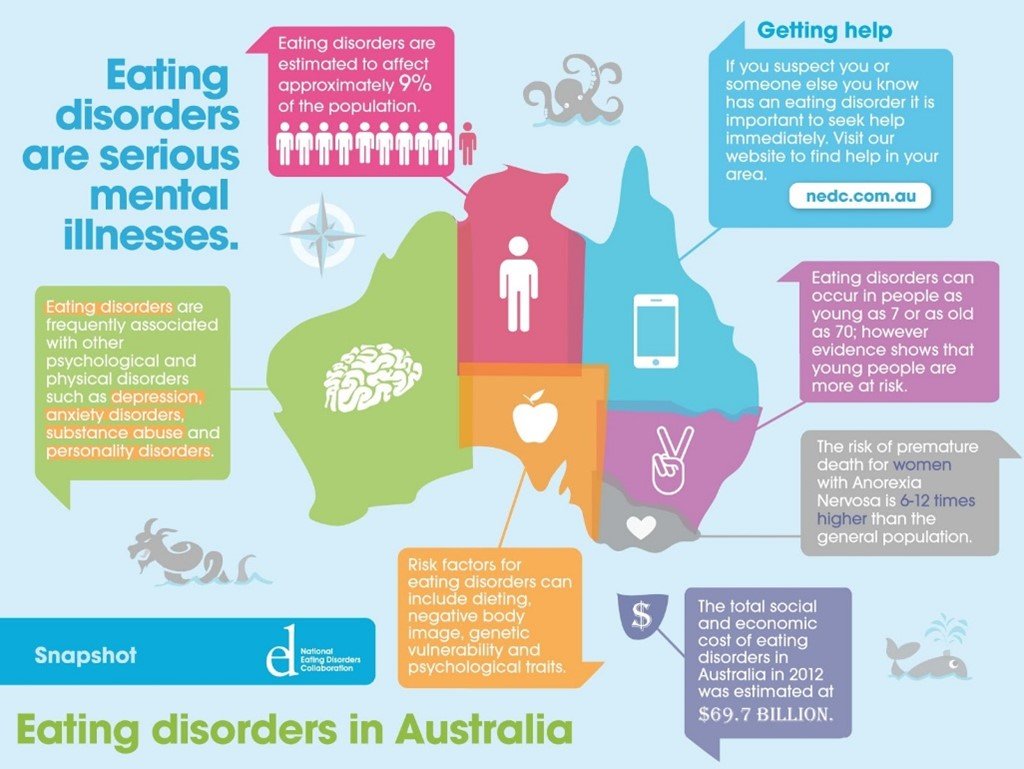An Insight Into Eating Disorders (Part 1)
In part one of our two-part blog series, Amity Health’s Accredited Practising Dietitian, Ana Orozco, explores the topic of eating disorders.
Eating disorders are becoming more common in our community. It’s estimated that 4% of Australians ( 1.2 million) live with an eating disorder.
So, what is an eating disorder (ED) and how can we help to understand the impact this can have on those living with an ED?
Well, here are some basics for you.
EDs are a serious mental illness that need to be treated from a multidisciplinary point of view.
“EDs are defined by changes in behaviours, thoughts and attitudes to food, eating, weight or body shape that interfere and detrimentally impact upon an individual’s life”.
An ED is not a diet that went too far or a choice of lifestyle. Often, EDs appear with other mental health conditions like depression and anxiety.
EDs can be a way a person deals with difficult emotions and an ED can be life threatening.
There are different types of eating disorders as summarised below:
-
Restrictive eating where a person is not able to maintain adequate weight and there is an intense fear of gaining weight.
-
Frequent episodes of binge eating with compensatory behaviours: purging, excessive exercise, use of laxatives.
-
Episodes of eating large amounts of food over short periods of time with no compensatory behaviours, usually people report loss of control during binges.
-
People may present a variety of symptoms of other eating disorders, so the person does not comply with criteria for diagnosis of those eating disordersItem description
-
Unhealthy eating patterns: restrictive eating, compulsive eating, skipping meals.
-
People eat things that aren’t food, ie: chalk, soap, hair, dirt, detergent or others.
-
Extremely picky eater. Extreme selective eating habits, disturbed feeding patterns or both.
EDS DO NOT DISCRIMINATE
Any person from any age, sex, gender, ethnicity, social status can suffer from an ED. ANYONE can struggle with an eating disorder.
The below video from the Butterfly Foundation, gives a sense of the diversity of people who can live with ED:
#AnEDLooksLikeMe
WHAT CAUSES AN ED?
EDs are very complex and there is not one single cause for them. The Butterfly Foundation has described some risks and warning signs:
Genetic risk:
It is not just one gene inherited from parents, it is a complicated interaction of different genes that can predispose a person to develop an ED.
Psychological factors:
Some personality traits might be present prior, during or after the presentation of an ED: perfectionism, negative emotionally, harm avoidance, low self-esteem, neuroticism.
Social and cultural:
The ideal thinness promoted on many social media, magazines, TV and advertising, which are unrealistic, can have a negative impact on people who may internalise these influences as a goal.
Other risk factors that can be identified are:
o Body dissatisfaction, which have a big impact on people living with ED.
o Dieting: is one of the riskiest behaviours associated with the development of ED in adults and young people. Teenagers are in a critical developmental stage where they can be vulnerable to social media influence, social pressure and can also can be self-conscious about their body.
In part two of this blog series, I will help you to identify the signs that may suggest an ED and what steps you can take to find support for you or your loved one.
Guest Author: Ana Orozco (Accredited Practising Dietitian)
References:
2. DSM-5 Feeding and Eating Disorders.


